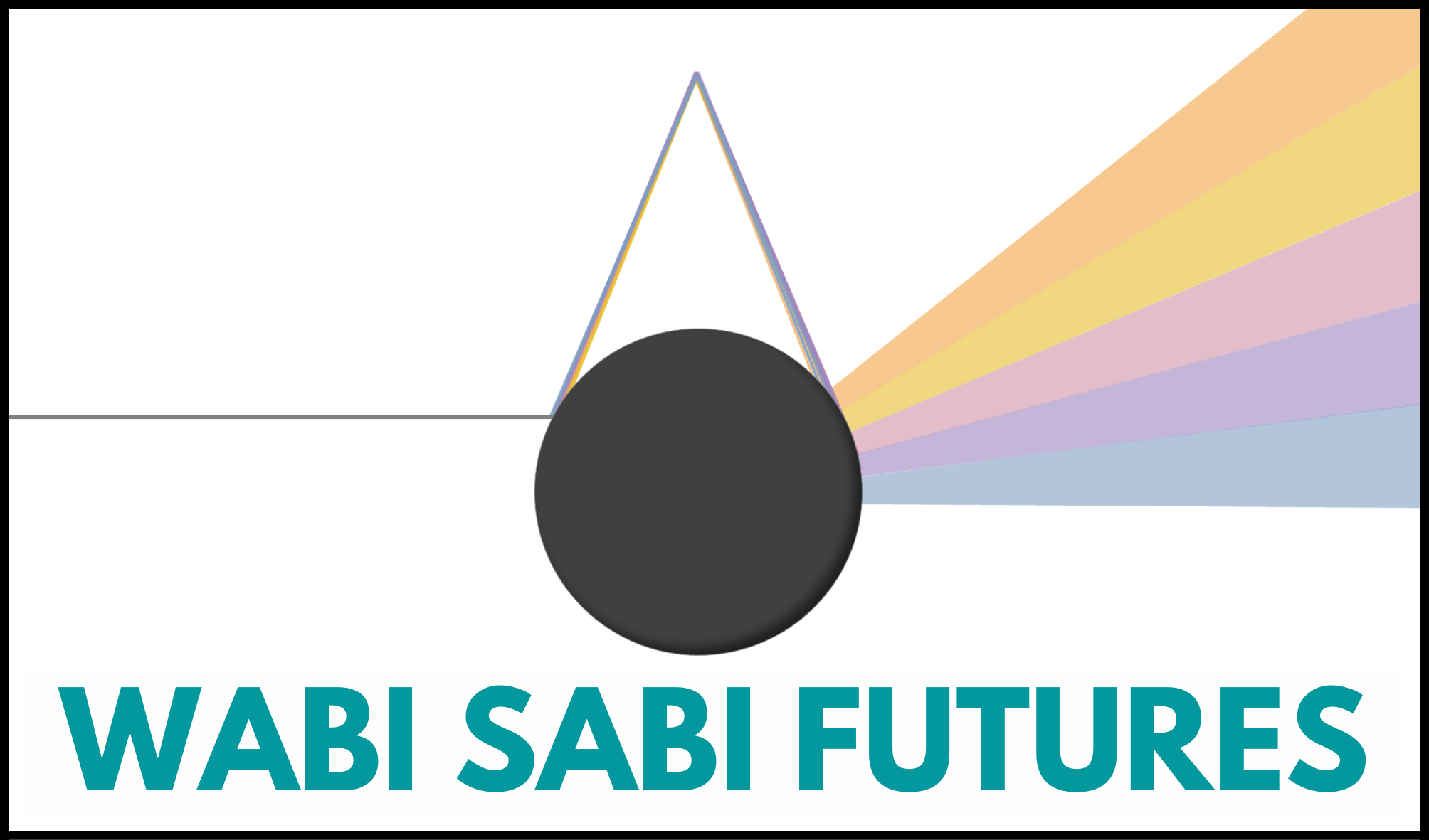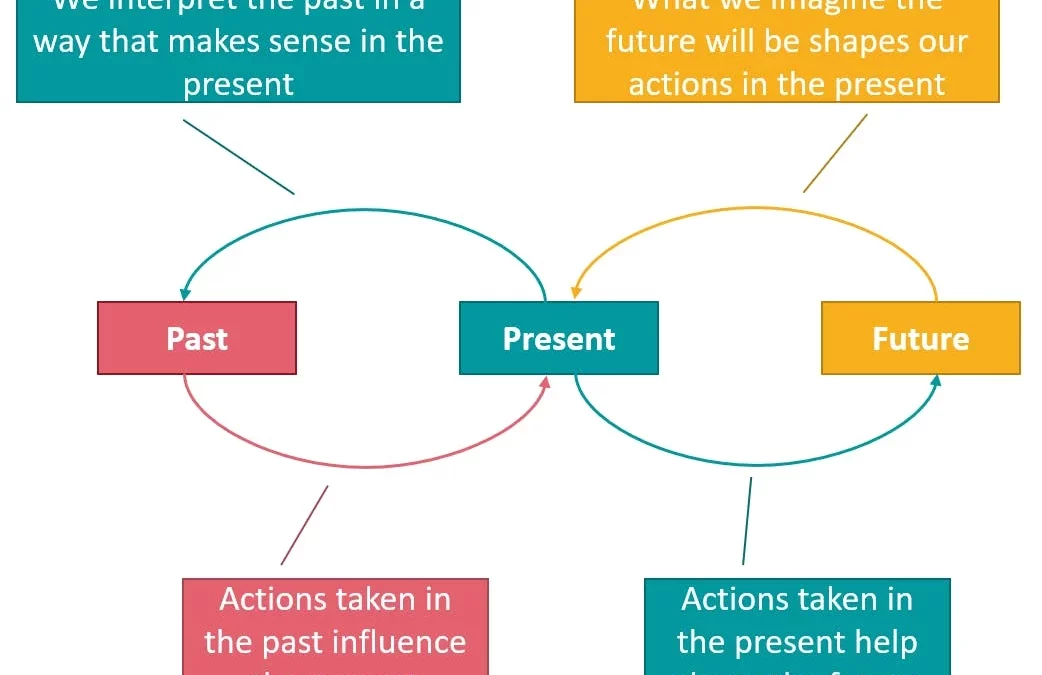At it’s heart, foresight is a practice of engaging with the potential of what the future might hold so we can better play our part in creating a future worth wanting (thanks to Sam Yu for this very catchy phrase).
But how does thinking and talking about different potential futures actually lead to change?
I’ve been thinking about this a lot recently, as I’m dabbling in tutoring and creating content with a few universities. It culminated in a shower epiphany, which I’ve attempted to translate into something slightly more coherent. Presenting my rough first outline of a Foresight-informed Theory of Change.
Shower notepads are a game changer. Oh – and if you know what I meant by ‘food as time travel’ I’d be very grateful if you can enlighten me.
First things first – what is a theory of change?
We all have theories of change, even if we haven’t formally articulated it.
A theory of change is the way we make sense of what is happening now, and how change comes about.
For example – in the West, the way we tend to think about the past, present, and future is in an orderly sequence. What has happened in the past shapes the present, and actions that are taken in the present will in turn shape the future.
When rooted in this theory of change, it might seem that imagining the future is frivolous and not really relevant to attending to the serious business of today. We might not see any reason to critically engage with ideas about what the future might hold, beyond trying to determine what the most likely future is so we can make more strategic choices in the present moment.
Past, present & future as a sequence
The danger of this approach is that without a considered idea of what the future may hold, we default to behaving as though the longer-term future will be much like the present – essentially a bigger, faster, more impressive version of today. When it comes to longer-term decision-making, we judge our options based on the conditions of today – even if we believe the future will be significantly different in some unnamed way.
I think you’ll find it’s more complicated than that
A foresight-informed theory of change shows the past, present, and future are entangled and shape one another. Although time travels in a linear progression from past, through present, into future, our experience, sensemaking, and actions in the present are informed both by the past and by our own images of the future.
Past, present & future as integrated
In this theory of change:
- Actions taken in the past influence the present. The past provides affordances to the present – these laid the groundwork for the present to emerge, providing nourishment for the new to emerge and closing off no-longer-viable possibilities.
- Actions taken in the present help shape the future. What we collectively do today provides affordances to the future. But that’s not all…
- What we imagine the future will be shapes our actions in the present. If we have a vague, blurry sense of the future, we are going to default to making decisions that make sense under present conditions – even when they are decisions with long-term implications. As we develop our foresight skills we develop richer pictures of futures worth wanting (and worth avoiding), and can take actions today that shape the emerging future.
- We interpret the past in a way that makes sense of the present. The past isn’t just events that previously took place – we continue to experience the past in the present through the stories we tell about what came before. The stories we tell ourselves and each other about the past are framed by our present – our current ethics, beliefs, rationale, and identity.
Through this theory of change, the value of imagining different futures becomes apparent. The future is a space of potential that we can use to imagine how the present could be different. As bell hooks elegantly says:
“To be truly visionary we have to root our imagination in our concrete reality while simultaneously imagining possibilities beyond that reality.”– bell hooks
So how does change happen?
In this theory of change, change happens through this integration of past, present, and future. We consider:
- Agency – who are the actors currently in this space? How do they act to reinforce the system as it is? How could they act to shape it differently? Whose voice is excluded or unheard?
- Pathways – what enabling conditions are required to make our preferred futures viable? Where are there places to intervene? What is ready to shift? What feels stuck? What is already in motion?
- Relationships – looking at the interconnectedness of different actors, changes, and industries to understand how things shift and interact with one another
- Worldviews – our understanding of what the future could be is an extension of our deep beliefs about how the world works. To expand the range of futures we can conceive of, it helps to become aware of our own mental models, paradigms, and deep assumptions, and consider how these could be different
- Feedback loops – when an actor changes their behaviour within a system, how does the system respond? What about other actors?
- Power and justice – Whose preferred future is this? Why is it preferred? In the future we are trying to bring into being, who wins? Who loses?

